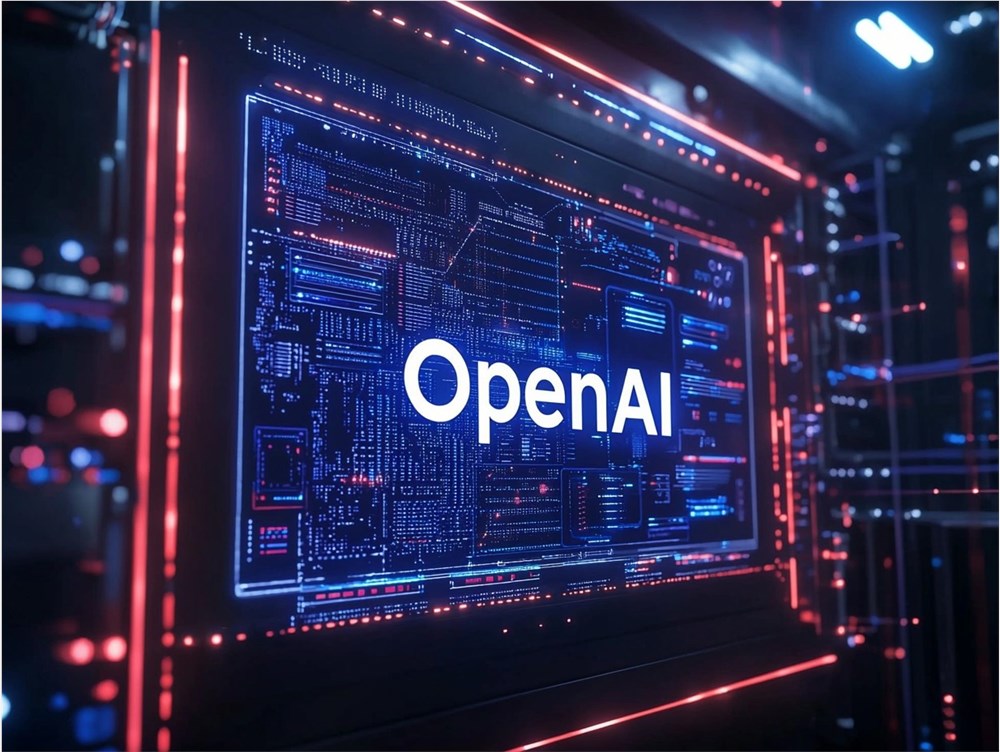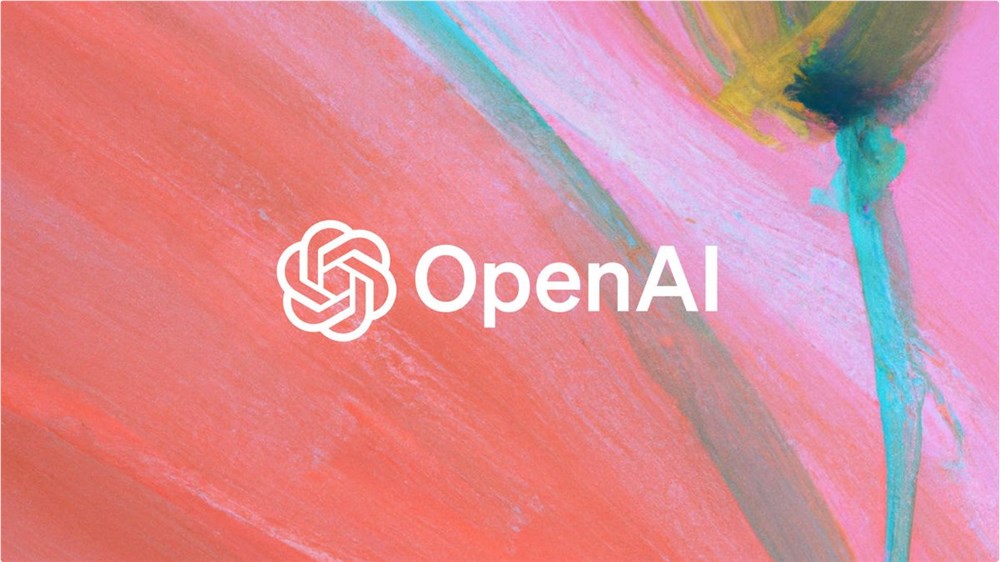OpenAI has officially launched the gpt-image-1 API, marking the release of its highly anticipated 4o image generation capabilities to developers. According to AIbase, this API, lauded by the community as the "world's strongest image generation tool," boasts high-fidelity image generation, diverse visual styles, and powerful world knowledge integration. The announcement has generated significant excitement among AI developers and the creative community, with related documentation now available on the OpenAI website and Playground platform.

Core Functionality: High-Fidelity and Diverse Style Generation
Leveraging the multimodal capabilities of OpenAI's 4o model, the gpt-image-1 API offers users an unprecedented image generation experience. AIbase has summarized its key features:
High-fidelity image generation: Supports the generation of high-quality 1024x1024 resolution images rich in detail, suitable for professional design and commercial applications, such as generating realistic product renderings or artistic illustrations.
Diverse visual styles: Covers a wide range of styles, including realism, anime, cyberpunk, oil painting, etc., allowing users to customize visual expression through text prompts (e.g., "steampunk city, Picasso style").
World knowledge integration: Combining the semantic understanding capabilities of 4o, the API can generate images that align with complex cultural and historical contexts, such as "a 17th-century Baroque-style court scene".
Consistent text rendering: Optimizes text generation within images, ensuring clear fonts and natural layout, suitable for poster and advertising material creation.
AIbase notes that in community tests, users generated high-fidelity images with details and lighting effects comparable to MidJourney using the prompt "futuristic cityscape at night, cyberpunk style," showcasing gpt-image-1's excellent performance in complex scenes.
Technical Architecture: A New Extension of 4o's Multimodal Capabilities
The gpt-image-1 API is based on OpenAI's 4o model's multimodal architecture, integrating text understanding and image generation technologies. AIbase analysis reveals its core components:
Diffusion model optimization: Employs an improved Diffusion Transformer (DiT), using distillation techniques to improve generation speed and quality; generating a high-quality image takes an average of 5-7 seconds.
Text-image alignment: Utilizes 4o's powerful semantic processing capabilities to ensure high consistency between the generated image and the prompt, supporting complex descriptions and multimodal input (e.g., text + reference image).
Security and compliance: API requires organizational verification for use, includes content filters and generation limitations to ensure output meets safety and ethical standards.
ComfyUI integration: Supports calling the gpt-image-1 API through native ComfyUI nodes, simplifying workflow configuration, eliminating the need for developers to directly manage OpenAI accounts.
AIbase believes that the distilled version of gpt-image-1 (potentially based on a lightweight branch of 4o) strikes a balance between performance and cost, making it particularly suitable for small and medium-sized development teams and independent creators.
Application Scenarios: From Creative Design to Automated Workflows
The opening of the gpt-image-1 API offers broad application prospects across multiple fields. AIbase has summarized its main scenarios:
Digital art and illustration: Artists can quickly generate concept art, character designs, or scene illustrations, suitable for the gaming, animation, and publishing industries.
Advertising and e-commerce: Generate brand promotional posters, product display images, or personalized marketing materials, improving visual marketing efficiency.
Education and training: Generate teaching illustrations or historical scene recreations, enhancing the appeal and comprehensibility of course content.
Automated workflows: Through ComfyUI integration, developers can embed gpt-image-1 into content generation pipelines to automatically generate social media images or design prototypes.
Community feedback shows that the API performs exceptionally well in handling complex prompts (e.g., "Victorian-era library, oil painting style"), with generated images exceeding the detail and style consistency of the Flux.1 series. AIbase observes that its rapid adaptation to third-party platforms (such as ComfyUI's user system settlement) further lowers the barrier to entry.
Getting Started: Developer-Friendly, Quick Access
AIbase understands that the gpt-image-1 API is now available for trial through OpenAI Playground and official documentation, requiring organizational verification to obtain access. Developers can quickly get started by following these steps:
Access the OpenAI website (platform.openai.com), complete organizational verification, and obtain an API key.
Refer to the official documentation (platform.openai.com/docs/api-reference), configure API calls, and set prompts and generation parameters (e.g., resolution, style).
Use the Python or Node.js SDK to send requests, for example:

Integrate with ComfyUI, load the gpt-image-1 node, and generate images directly through the workflow.
The community recommends using high-quality prompts and clearly specifying style requirements to optimize generation results. AIbase reminds users that the API is relatively expensive (high-quality square images cost approximately $0.16773 per image), and developers should choose a suitable generation mode based on their budget. Third-party platforms (such as ComfyUI's user system) can simplify the verification and billing process.
Pricing and Access: Flexible but Requires Verification
The gpt-image-1 API uses a token-based pricing model. AIbase has compiled its pricing structure:
Text input tokens: $5 per million tokens, applicable to prompt input.
Image input tokens: $10 per million tokens, applicable to image-to-image generation.
Image output tokens: $40 per million tokens, applicable to image generation.
Generation cost: High-quality square text-to-image generation costs approximately $0.16773 per image, text+image-to-image generation costs approximately $0.17039 per image.
Due to security considerations, the API requires organizational verification, limiting direct access for individual developers. The community points out that third-party platforms (such as ComfyUI) have solved this problem through proxy settlement, allowing more users to conveniently use the API. AIbase believes that the higher pricing may promote the popularity of third-party services, similar to Stability AI's subscription model.
Community Feedback and Areas for Improvement
The release of the gpt-image-1 API has generated enthusiastic community feedback, with developers calling it "the end of the long wait for a 4o image generation API," and its high-fidelity and diverse style generation capabilities are considered industry benchmarks. Native support for ComfyUI further amplifies its impact, with the community stating that it "resolved the impact of 4o on open-source workflows." However, some users have expressed concerns about the high pricing and verification thresholds, suggesting that OpenAI introduce more flexible individual access plans. The community also looks forward to API support for video generation and lower inference costs. OpenAI responded that it will optimize pricing and explore broader integration options in the future. AIbase predicts that gpt-image-1 may be combined with Hailuo Image or Flex.2-preview control modules to build a more powerful multimodal creation ecosystem.
Future Outlook: The Evolution of AI Image Generation Ecosystem
The release of the gpt-image-1 API marks a strategic upgrade for OpenAI in the field of AI image generation. AIbase believes that its deep integration with 4o's multimodal capabilities provides developers with the possibility of creating content from static images to dynamic content. The community is already discussing combining it with the MCP protocol to build cross-platform automated workflows, such as integrating with Blender or Unity to generate 3D assets. In the long term, OpenAI may launch an "image generation marketplace," providing a platform for sharing style templates and plugins, similar to the DALL·E ecosystem model. AIbase anticipates iterations of gpt-image-1 in 2025, particularly breakthroughs in multimodal input and real-time generation capabilities.
More details here:
https://platform.openai.com/docs/guides/image-generation?image-generation-model=gpt-image-1









